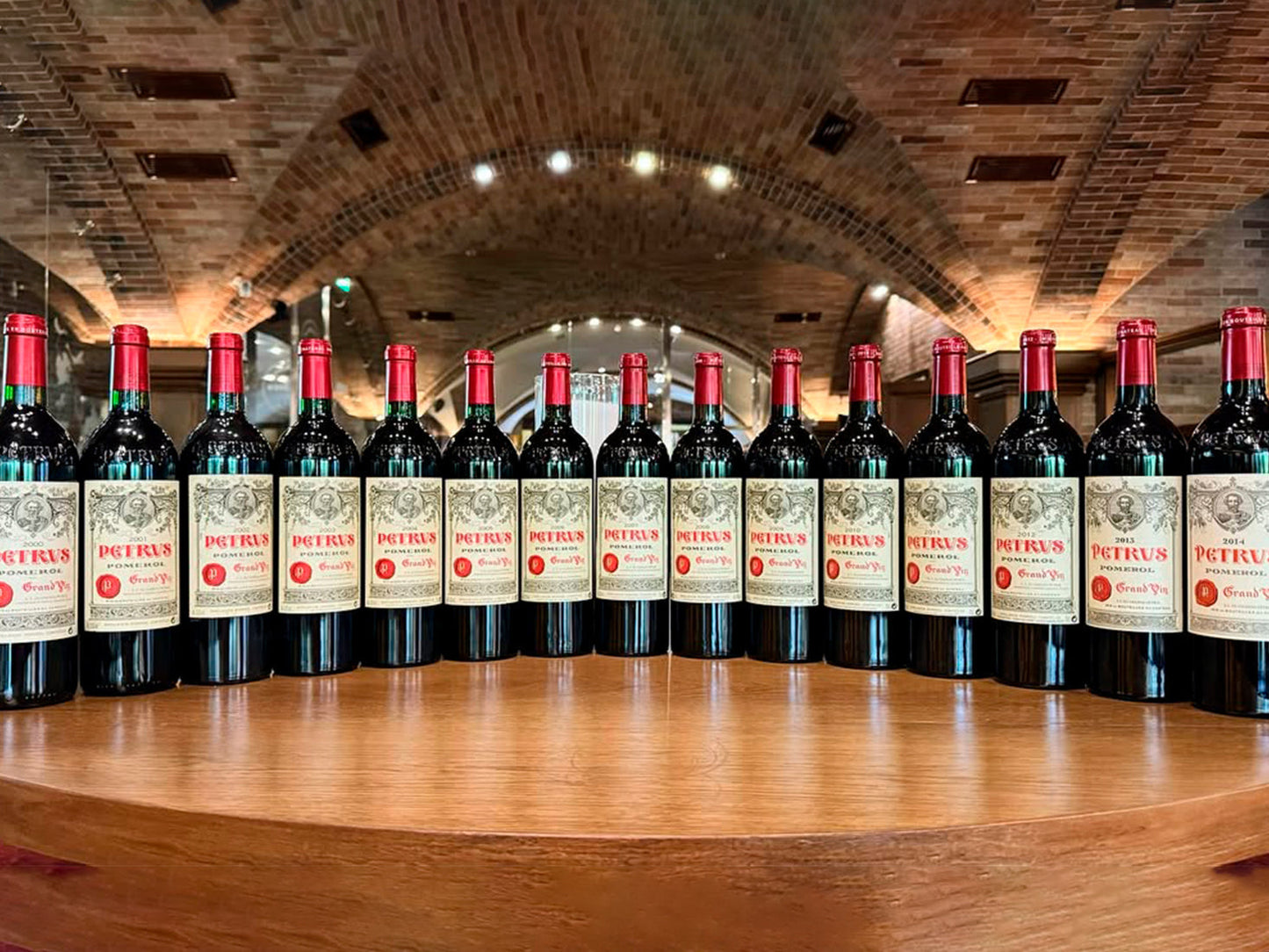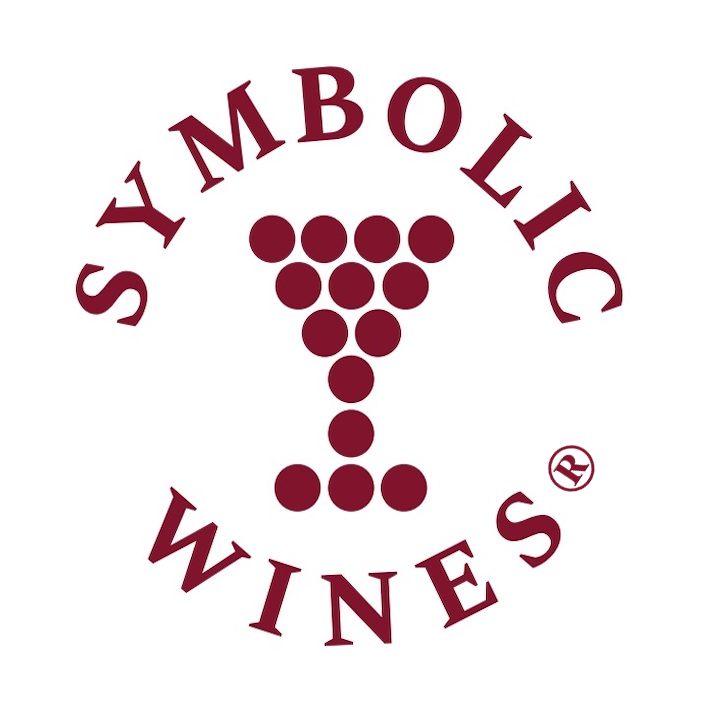
Photos: Greg Somm; Shutterstock.com/Richard Semik
Text by: Greg Somm
Petrus – the name itself determines the greatness of this wine. The name of the founder of the Holy See in the Vatican has largely become decisive in the history of this wine. Let’s look at this great estate closer and examine some notable facts about it.
1. The name of the estate never contained the word Château, since the Chateau itself never existed in the form of a castle. Rather, it was a farmhouse.
2. The vineyard with an area of 11.4 hectares is located in the center of the Pomerol appellation on a clay plot. The local name of the soil is Crasse de Fer. Until 1969, the estate had only 7 hectares, another 4.5 hectares were acquired from neighbors Château Gazin. The age of vines is on average 70 years, 95% Merlot and 5% Cabernet Franc.
3. The terroir of Petrus is unique mostly because they are the only ones in Pomerol with a purely clay plot, while their neighbors have clay mixed with sand and gravel.

The vineyards of Château Pétrus. Photo: Shutterstock.com
4. After carefully sorting the berries, the must is fermented in cement tanks, followed by aging in new barrels for 22-24 months. The wine is bottled without fining and filtration. The average production volume is 30 000 bottles per year.
5. From 1964 to 2008, the winemaker of Petrus was Jean-Claude Berue, and since 2009, his son Olivier Berue has continued the work.
6. In 2018, the owners of the estate, represented by the family of Jean-François Moëx, sold 20% to the American billionaire Alejandro Santo Domingo for a little over $ 1 billion.
7. Well, and finally, no matter what anyone says. Petrus is the standard for wine from the Merlot variety, despite the small content of Cabernet Franc in its blend. It started to be 100% Merlot since the late 90s.
